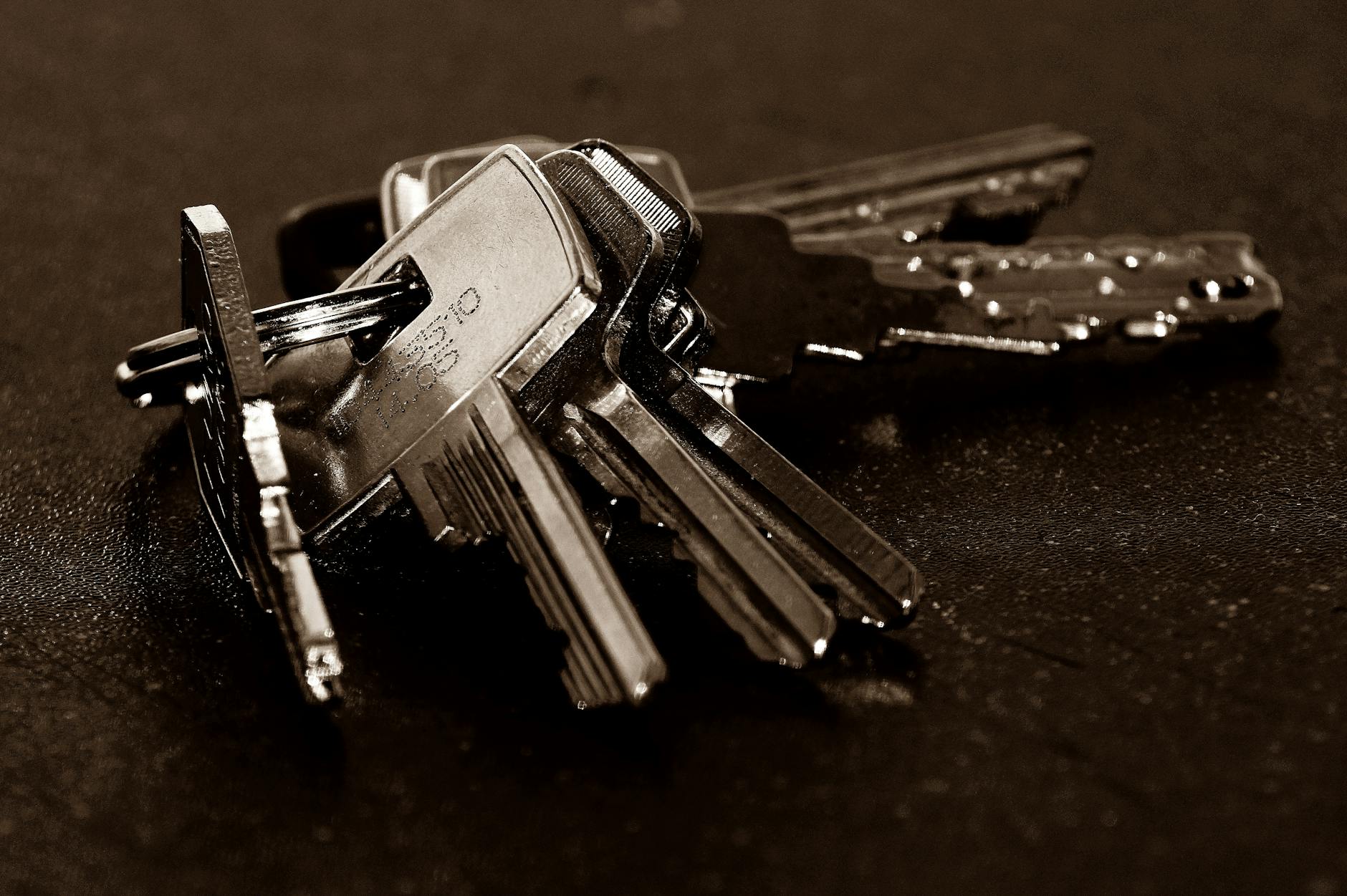In today’s digital age, ensuring the security of our home networks is paramount to safeguarding our personal information and privacy. With the increasing number of devices connected to our home networks, such as smartphones, laptops, smart TVs, and IoT devices, it becomes crucial to have a secure setup that caters to the needs of multiple users. This article explores the importance of secure home networks and provides tips for an effortless setup for multiple users.
Understanding the Importance of Secure Home Networks
A home network is a gateway that connects all your devices to the internet, allowing you to browse, stream, communicate, and work from the comfort of your own space. However, without proper security measures in place, your network could be vulnerable to cyber threats, such as hacking, malware, and data breaches.
The Risks of an Unsecured Home Network
An unsecured home network can expose your personal information, financial data, and online activities to cybercriminals. Hackers can intercept your internet traffic, steal sensitive data, and even take control of your devices. Moreover, unprotected IoT devices, such as smart cameras and thermostats, can be exploited as entry points to your network, putting your entire system at risk.
Effortless Setup Tips for Multiple Users
1. Strong Encryption: Start by securing your Wi-Fi network with a strong password and encryption protocol, such as WPA3. Avoid using default passwords or common phrases, and consider changing your password regularly to enhance security.
2. Guest Network: Set up a separate guest network for visitors to ensure they have internet access without compromising the security of your primary network. Guest networks have limited access to your devices and data, providing an extra layer of protection.
3. Multi-factor Authentication (MFA): Enable MFA for sensitive accounts and devices, requiring users to provide two or more forms of verification to access the network. This additional step adds a robust security measure against unauthorized access.
4. Regular Updates: Keep your router firmware, operating systems, and security software up to date to patch vulnerabilities and protect against the latest threats. Set up automatic updates to ensure you are always running the latest security patches.
5. Network Segmentation: Divide your network into segments based on device type or user access level to contain potential threats and limit exposure. This approach enhances security by isolating compromised devices from the rest of the network.
Monitoring and Managing Your Home Network
Investing in a network monitoring tool can help you keep track of all connected devices, monitor network activity, and identify any suspicious behavior. By regularly reviewing logs and alerts, you can detect potential security incidents and take appropriate action to mitigate risks.
Conclusion
In conclusion, securing your home network is essential for protecting your personal data and privacy in the digital era. By following the tips outlined in this article, you can set up a secure home network that caters to the needs of multiple users with ease. Remember that proactive security measures, combined with user education and regular maintenance, are key to maintaining a safe and reliable network environment for you and your family. Stay vigilant, stay secure.



